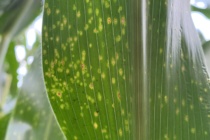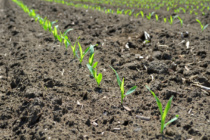👤Tom Allen, Extension Plant Pathologist
🕔09:46, 20.Nov 2020
Non-irrigated locations containing the MSU official corn hybrid trials (OHT) were evaluated for foliar diseases during the 2020 season. Curvularia leaf spot and southern corn leaf blight were the two most commonly observed diseases. Little if any northern corn leaf blight (NCLB) was observed; however, where observed the evaluations were captured and are contained in the associated tables from each location. In addition, and when present, lodging was evaluated on a percent scale to capture any meaningful differences between hybrids. Presently, the evaluations from the non-irrigated locations (n=6) are included in the current post.
Read Full Article▸















